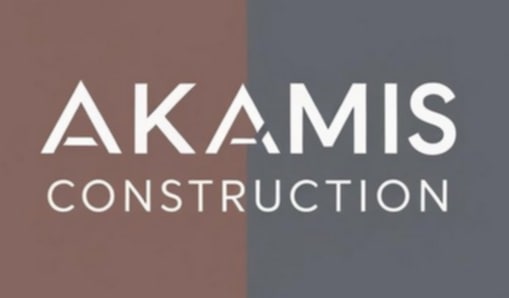
Scheduling might not be the most exciting part of a construction project—but it’s arguably one of the most important. A well-planned construction schedule keeps everyone on the same page, ensures resources are available when needed, and prevents costly delays. Whether you’re building a new home, renovating a space, or managing a commercial development, a solid timeline is your roadmap to project success.
In this blog post, we’ll cover the essentials of scheduling your construction project, the typical phases to include, and common pitfalls to avoid.
Why Construction Scheduling Matters
Think of a construction schedule as the heartbeat of your project. It ensures:
Efficient sequencing of tasks (you can’t install drywall before running electrical)
Better budget management (delays cost money)
Resource coordination (workers, materials, equipment)
Transparency and accountability for contractors and clients
Failing to schedule properly can lead to overlapping work, idle crews, missed deadlines, and escalating costs.
Key Phases of a Construction Schedule
Every project is different, but most follow this general flow:
1. Pre-Construction
Finalize design and drawings
Obtain permits and approvals
Hire contractors and subcontractors
Order long-lead items (custom windows, special finishes)
⏳ Time estimate: 2–8 weeks or more depending on location and complexity
2. Site Preparation
Clear land, demolition (if needed)
Grading, excavation, and utility access
Foundation layout
⏳ Time estimate: 1–3 weeks
3. Foundation and Structural Work
Pour footings and foundation
Framing (walls, floors, roof structure)
Install subfloor and sheathing
⏳ Time estimate: 3–6 weeks
4. Systems Installation (Rough-Ins)
Electrical, plumbing, and HVAC
Inspections by local authorities
⏳ Time estimate: 2–4 weeks
5. Enclosure (Dry-In Phase)
Roofing, siding, windows, and doors
Weatherproofing
⏳ Time estimate: 1–3 weeks
6. Interior Work
Insulation and drywall
Flooring, cabinetry, painting
Finish electrical and plumbing
Fixtures and appliances
⏳ Time estimate: 4–8 weeks
7. Final Inspections and Punch List
Walk-throughs and fixes
Code compliance checks
Final clean-up
⏳ Time estimate: 1–2 weeks
Tips for Creating a Realistic Construction Schedule
✅ Use a Gantt Chart or Scheduling Software
Visual timelines like Gantt charts help you track overlapping tasks, dependencies, and progress. Tools like Microsoft Project, Buildertrend, or CoConstruct are ideal for contractors and project managers.
✅ Build in Buffer Time
No matter how well you plan, weather delays, supply issues, or last-minute changes can affect your timeline. Add contingency days or weeks between major phases.
✅ Plan Around Permits and Inspections
Inspections can hold up progress if not scheduled in advance. Know your local permit timelines and inspection windows to avoid downtime.
✅ Coordinate Subcontractors Carefully
Plumbers, electricians, and drywallers often work on multiple jobs. Book them early and confirm their availability well in advance.
✅ Hold Weekly Project Meetings
Even informal check-ins can prevent miscommunications and ensure everyone stays aligned. Use them to review upcoming work, weather forecasts, and potential bottlenecks.
Common Scheduling Mistakes to Avoid
🚫 Underestimating Lead Times
Custom materials or appliances can take weeks or months to arrive—order early!
🚫 Starting Without Permits
Unpermitted work can halt your entire project and lead to legal trouble.
🚫 Overlapping Trades
If tradespeople are scheduled to work in the same space simultaneously, it can create conflict and slow progress.
🚫 Ignoring Weather Conditions
Rain, snow, or extreme heat can delay roofing, painting, and concrete work. Always check seasonal forecasts before scheduling exterior tasks.
Final Thoughts: Stay Flexible, Stay Informed
A construction schedule isn’t set in stone—it should be a living document. Adjustments are part of the process, but when you start with a strong framework, you’re better equipped to handle changes without chaos.
Whether you’re a homeowner working with a general contractor or a developer managing multiple projects, a realistic, flexible, and well-communicated schedule is the backbone of a successful build.
Want a free construction schedule template or checklist? I can create one tailored to your project type—just ask!
